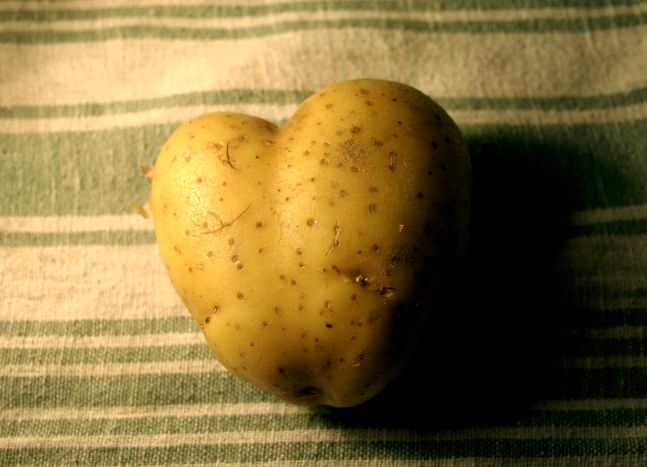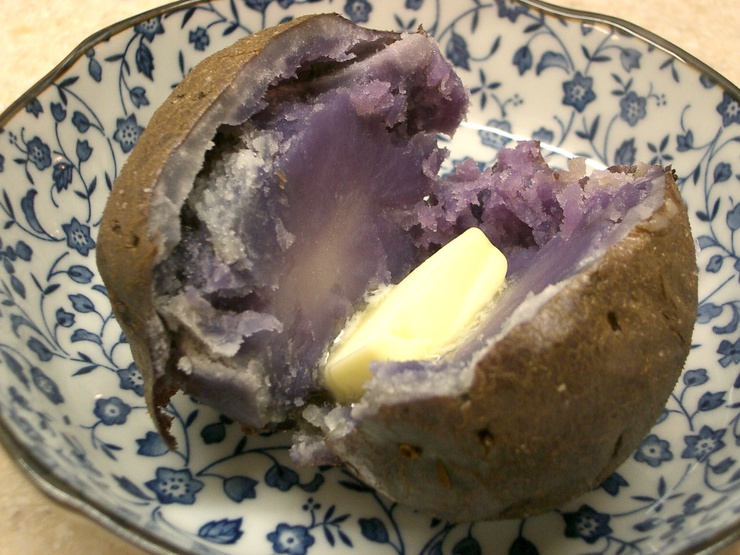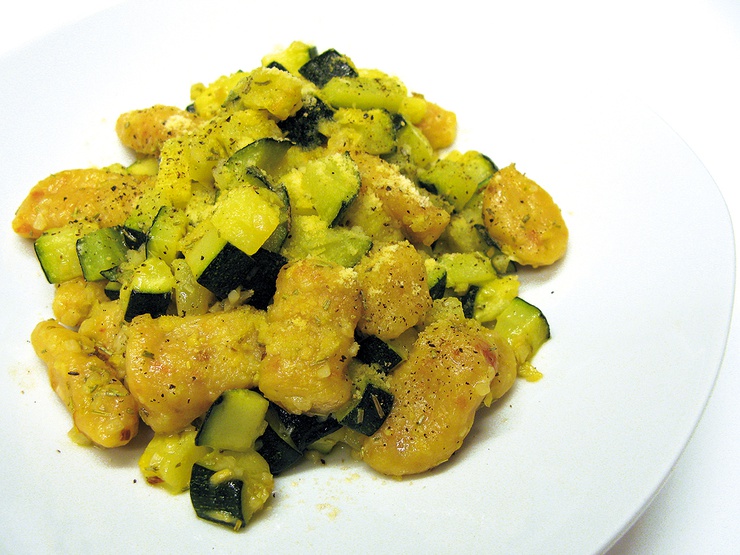
How to make Polish potato pancakes
Published on
Translation by:
Paulina DominikIt’s cheap and available, warm and nourishing, omnipresent in most traditional European cuisines – but the starchy crop only hit the continent from South America as late as the 16th century
Potatoes arrived in Europe on Spanish ships in around 1640. They fed animals before becoming an integral part of Spanish and British army menus. Initially they were grown in small quantities, but once it was discovered that they could be stored in mounds, they gained in popularity. Thanks to their efficacy, the cultivation of potatoes became obligatory in Russia and Prussia. Because of the great famine that the Europeans struggled through in the 1770s, potatoes eventually became commonly accepted on European menus. Ironically, it was the pharmacist Antoine-Auguste Parmentier from France, a country that had resisted potatoes most, who helped this ‘new’ vegetable to catch on. His detailed research exposed the unique nutritional values of potato. His surname christened the name for one dish, the hachis parmentier, which is a casserole of mince meat covered with a top layer of mashed potatoes. Its British version, cottage pie, also uses vegetables such as carrots, onions and peas as well as tomato sauce in its lower layer.

In the Benelux countries, mashed potatoes are mixed with other vegetables such as kale, sauerkraut or hickory, in order to make ‘stamppot’. ‘Hutspot’ is another version of this dish, well-known in the Netherlands, composed of potatoes, carrots and onions. Fried bacon can also be added, and the dish is traditionally served with a hot sausage. Italians use boiled and mashed potatoes with some flour and salt to prepare gnocchi, which are like dumplings served with tomato sauce or pesto, or melted butter and cheese. In Poland the most popular are potato pancakes or placki ziemniaczaneare, fried with grated potatoes, flour, eggs and optionally diced onion.

The point is that there’s a neverending list of potato dishes in Europe. Like the popular toy Mr. Potato Head, this vegetable has many different faces too, and statues too: in Biesiekierz in Poland, in Šenčur in Slovenia, in a wall of an Austrian church in Prinzendorf as well as in a park dedicated to potato in Croatian Ananova.
Recipe: Polish potato pancakes (for four people)
8 big potatoes
1-2 eggs
3-4 spoonfuls of flour
salt and pepper
1 onion (optional)
oil

Wash, peel and grate potatoesMix with flour, egg and spices (you may also add some diced onion)Warm up some oil on the frying panFry potato pancakes on both sides until golden brownPut them on the paper towel to drain oil excess. Serve hot
According to a regional version of potato pancakes from southern Poland, they should not be fried but baked on a hot baking sheet. This dish can be served with sauces (e.g. mushroom), sour cream as well as with sugar, apple sauce or jam. Such a combination (especially on potato pancakes with onion), can provoke a ‘Marmite’ reaction – you hate it or love it – but we’ll leave that discussion for between the potato purists and potato classicists.
*First published on cafebabel.com on 25 February 2010
(Images: filetowy ziemniak ©Vincent Ma; gnocchi ©juanelos; courtesy of Flickr/ 'placki ziemniaczane' ©IsiaT/ Wikimedia)
Translated from Ziemniak - egzotyczne warzywo powszednie



